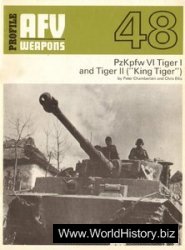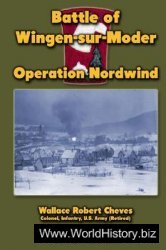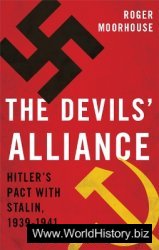The Mohegan actually were a subgroup of the PEQUOT. When English settlers arrived in their territory soon after the Pilgrims landed at Plymouth Rock in 1620, the sachem Sassacus headed the Pequot. Their main village was on the Thames River in Connecticut. But a subordinate chief named Uncas rebelled and led a group to another village on the Thames near Long Island Sound. They became known by the name Mohegan, pronounced mo-HEE-gun, derived from maingan for “wolf.”
The Mohegan had lifeways similar to other NORTH EAST INDIANS in New England and Long Island. Forests, ocean, bays, rivers, and lakes provided their food, their raw materials, and inspiration for their myths and legends. They lived in both domed wigwams and rectangular houses, usually covered with birch bark. They used framed birch-bark canoes as well as dugouts made from a single tree.
Because of the similarity of their tribal names, the Mohegan often are confused with other ALGONQUIANS, the MAHICAN, living along the northern Hudson valley. Although both peoples might be descended from the same distant ancestors, along with the Pequot, they are distinct groups. Another point of confusion is that both have been referred to as “Mohican,” a spelling popularized by the writer James Fenimore Cooper in his 1826 novel The Last of the Mohicans. It seems likely that in his writings about events in upstate New York during the French and Indian wars in the 1700s, Cooper was more likely drawing on what he knew of the Mohegan because the character Chingachgook, an Algonquian chief and best friend of the hero Natty Bumppo, mentions a “Mohican land by the sea,” which would apply to the Mohegan but not the Mahican. Moreover, Cooper used the name Uncas for the son of Chingachgook. In any case, the work is fictional, and despite some difficult
Mohegan wooden doll
Times in the course of their history, the Mohegan have endured.
Following the defeat of the Pequot by the colonists in the Pequot War of 1637, Uncas, who had befriended the colonists, became chief of the remaining Pequot as well as the Mohegan. As allies of the English against the French, Uncas’s group preserved their autonomy longer than their neighbors, the WAMPANOAG and NARRA-
GANSETT, who were defeated in King Philip’s War of 1675—76. Some NIANTIC settled among them after the war. But British settlers eventually turned against the Mohegan too and appropriated most of their lands. Some tribal members were sold into slavery along with captives from other tribes. The Mohegan also suffered from a series of smallpox outbreaks in New England, ravaging New England’s Algonquians.
The Mohegan Tribe gained federal recognition in 1994, at which time it settled its land claims with the state of Connecticut dating back to the time of Uncas. Many Mohegan live on ancestral lands in the area of Uncasville. The Mohegan Sun Resort in Uncasville, the third-largest casino in the United States, opened in 1996. Along with the equally highly successful Fox-woods Resort, operated by the Mashantucket Pequot tribe, the Mohegan Sun has revitalized the economy of the region and has provided new income and opportunity for tribal members. The Mohegan tribe purchased the Connecticut Sun of the Women’s National Basketball Association (WNBA), becoming the first Indian nation to own a major sports team. Another group known as the Golden Hill Pequot and Mohegan tribes operates out of Trumbull, Connecticut.




 World History
World History









